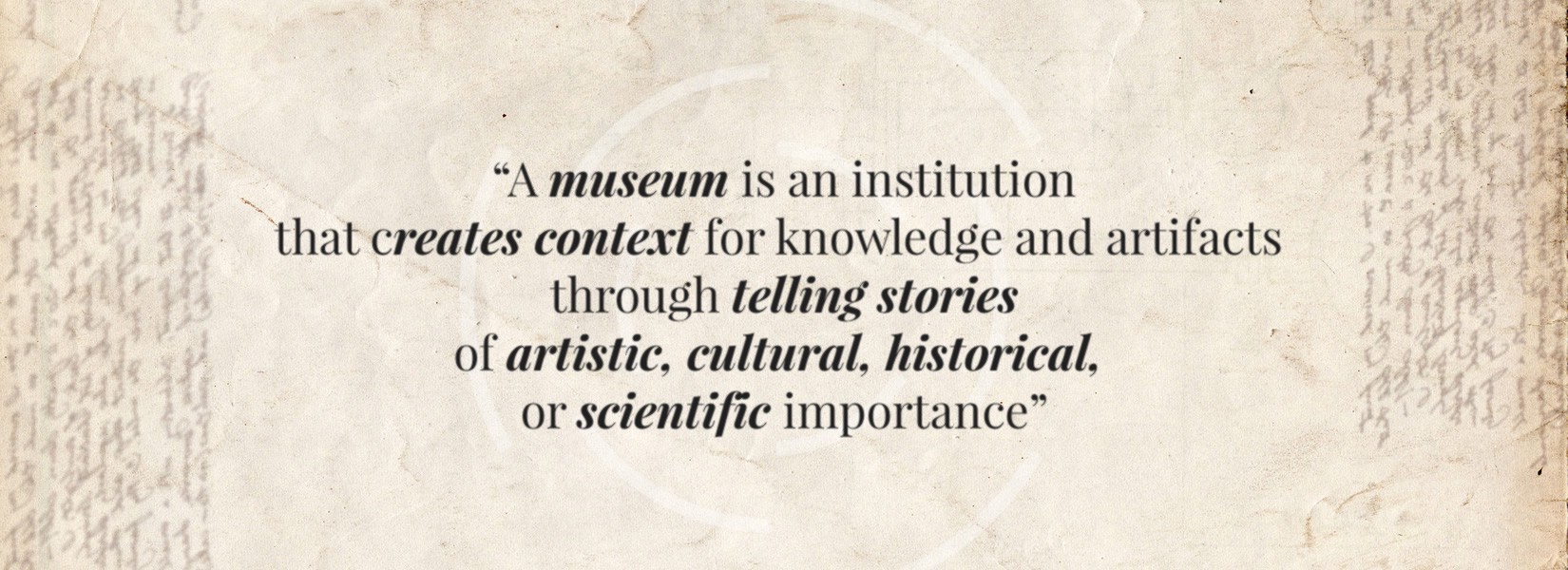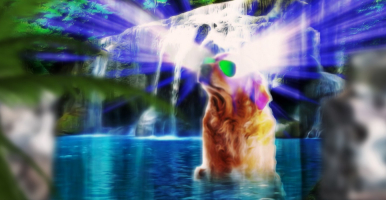The Museum of the Future, part 3
The value of a new mindsetWelcome back! If that doesn’t make sense, i.e. you have not read part 1 and part 2 of this series then you should probably do so, or if you are a true rebel or love living on the edge, just ignore and read on!
In part 2 I humbly suggested a new definition of what a museum is
“A museum is an institution that creates context for knowledge and artifacts through telling stories of artistic, cultural, historical, or scientific importance”
It’s all about the stories, right? Quoting myself (!) from the intro:
For me museums are the guardians of the stories that Hollywood motion pictures are built on. Take almost any museum and you have a hundred great movie scripts without even trying. That is how awesome museums are or could be!
Ok great, a new definition, so now what?
The definition is much more important than it might seem. How we see the museum will affect every idea, strategy, decision, action, so the definition is actually fundamental for the operation of the museum on all levels. Here are some of the benefits that this change of mindset brings.
Stories are timeless, technologies come and go

Technology can be cool in themselves but unless you are a science museum they should not be the stars of the show. Technologies also change, tomorrow there might be something new that you just have to use to “stay relevant”, or an existing channel that have lost its mojo.
Stories are timeless, they can use technology but don’t depend on them, you can even tell a story during a power failure. They are also a compass for the internal work in the museum, if you stay true to the stories you won’t get lost on the way.
Building on the team’s core competence

Instead of struggling with technology the focus is now on the core competence of the team: the knowledge and context that makes the objects in the museum meaningful. From this it is possible to define the stories that makes them come alive.
Knowing the story before deciding the channels makes it much easier to include experts: “This is the story we want to tell, how would you solve that?”. Their ideas can then be judged, not from a technical perspective, but based on how inspiring it would be to experience this story through this channel, the user experience.
Become the best museum

When the focus is on technology it is easy to lose track of what is important, the story, and think that the tech will do the job. But a boring story told through cutting edge technology will still be a crappy experience.
The best museum is the one that can tell the most engaging stories, who understands how to captivate their audience, to make them emotionally engaged. This has very little to do with technology. Now, combine this with exceptional experiences in selected channels and you have a winner.
Social channels that fill themselves!

I have seen this so many times, also in my own company. Producing content just because you need to fill a channel simply doesn’t work. It is the first thing that is getting scrapped when priorities has to be made. The process is backwards and it is hard to see the value of it (even if there is one).
Instead: start with the story, choose the best channel(s), create a production plan that includes content production, and then stick to it! No more content produced as an afterthought.
Marketing is based on the stories

Similar to social channels: if the marketing is based on the stories, then the creation of content is planned for and taken care of. Marketing is no longer a parallel world, it is an extension of what the museum is and integrated in the normal workflow.
This is not only far more efficient, it also helps building a strong identity for the museum since all activities, exhibitions, marketing are based on the same foundation.
Redefining Exhibitions

This is a big one! Defining the museum as the stories removes limitation of what exhibitions could be, both in the physical and digital world. Some examples:
- An exhibition can be built around a single item or even none at all.
- “Before — during — after” is one of many ways to tell a story, maybe it includes a visit to the physical museum, maybe not.
- We don’t have to limit the story to the museum either, maybe there are pop-up museums here and there, maybe other physical rooms can be used for parts of the story telling.
- An exhibition does not have to be something that is planned a year ahead, it could be of any size and use any combination of channels, flexible and responsive to what is happening in the world.
Thinking this way opens up opportunities not only in physical and digital, maybe the idea is best expressed through a deck of playing cards sold in the gift shop.
A digital presence that inspires

The first contact with a museum is almost always digital, and for many it is the only contact. Don’t underestimate the value of having a digital presence that inspires.
Focusing on the stories and letting it build from there makes sure that this is not just a future abstract goal, but a part of every strategic and creative decision.
Conclusion
If it is not clear by now: I think there are lots LOTS of benefits with this change in mindset. Each advantage described above deserves a deep dive. I would also like to get more concrete with some real world scenarios. But first I’d love to hear your thoughts, what makes sense and what doesn’t, all comments appreciated!
This was part 3 in this series, you can find part 1 here and part 2 here.




